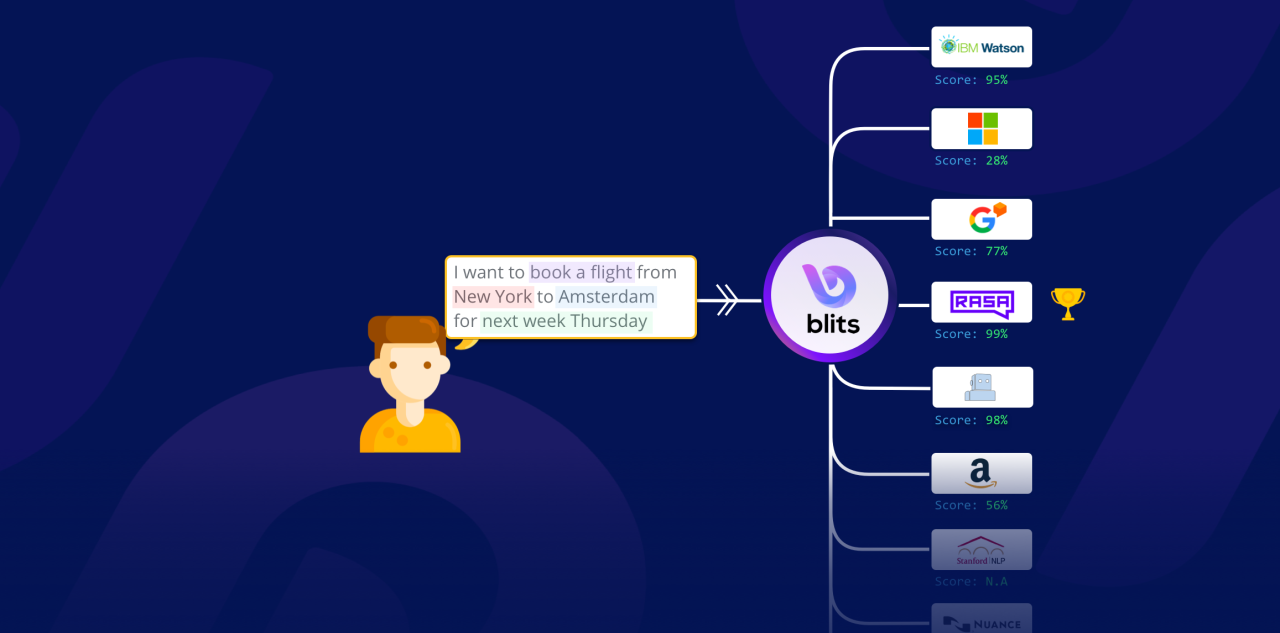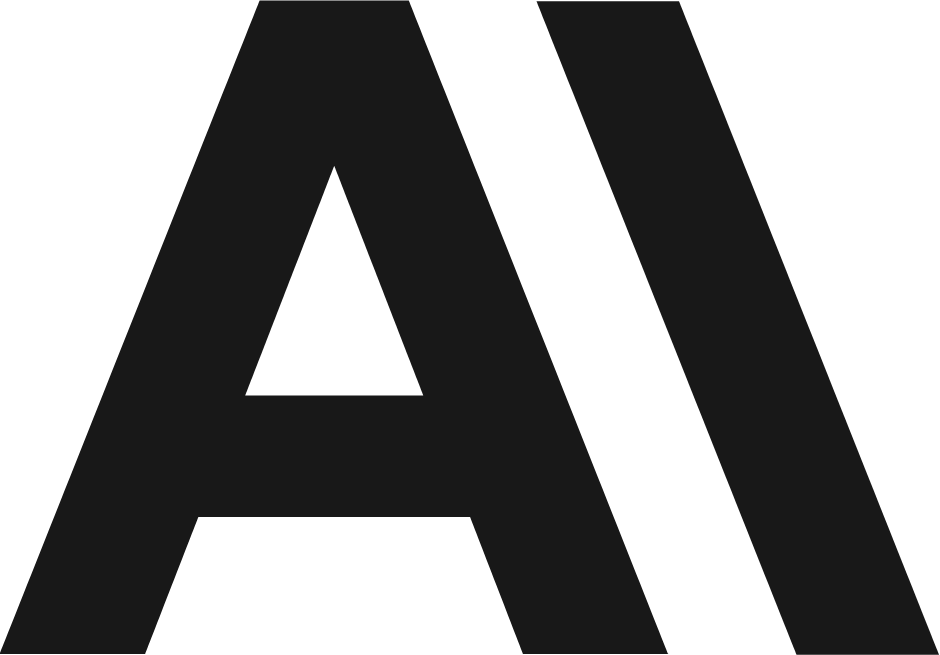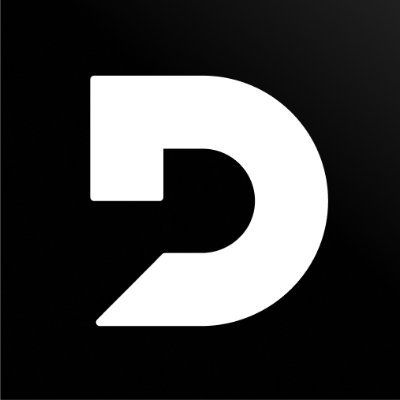In the world of AI, where innovation moves at breakneck speed, being the CTO of a fast-growing scale-up is an exhilarating job—but not for the faint of heart. Our company specializes in large language models (LLMs), chatbots, digital humans, and voicebots, and we serve mainly large banks, international companies, and professional enterprises.
With Blits, we were ahead of the OpenAI curve, starting in 2020 and already implementing LLMs for customers before OpenAI became mainstream. Nearly three years of hands-on experience in this domain is rare and gives us a strategic advantage in delivering superior AI implementations today. Every day brings technical challenges, strategic decision-making, and a relentless focus on security and compliance. Let me take you through a typical day.
Morning: The Customer Alignment Marathon
The day kicks off early, often with a flood of messages and back-to-back alignment meetings. In an enterprise AI company, 80% of the work revolves around ensuring alignment—on delivery, processes, compliance, and customer expectations. Our clients operate in highly regulated industries with demanding standards, meaning every product update, deployment, or model refinement undergoes rigorous scrutiny.
While this level of detail can feel painstaking, it ensures we deliver at the highest standard in everything we do. A typical morning includes:
- Emails: A relentless stream of customer updates, compliance reviews, and internal discussions.
- Customer check-ins: Ensuring our AI solutions meet evolving enterprise needs.
- Project management: Aligning with our team to track deliverables and execution.
- Compliance reviews: Meet with legal, security, and pen-testing teams to ensure AI implementations meet regulatory requirements.
AI and development is a high-stakes game, especially for large companies. Our reputation—and our customers’ trust—depends on our ability to deliver secure, reliable, and compliant AI solutions.
That’s why a deep understanding of security frameworks like ISO, SOC, HIPAA, and GDPR isn’t just a nice-to-have—it’s a must-have for any tech company. Having helped multiple companies get ISO-certified and get familiar with all kinds of VAPT and Pen-tests, really makes the difference if you talk to these companies as we know what we talk about.
Midday: Deep Work and Decision-Making
Once meetings subside, I shift into focused execution mode. This is when I collaborate with our engineering and data science teams to evaluate model improvements and infrastructure scaling strategies.
Some key focus areas include:
- Optimizing LLM performance – Fine-tuning models for multilingual support and real-time customer interactions.
- Scaling infrastructure – Managing GPU allocations, optimizing cloud costs, and implementing hybrid on-prem solutions for clients with strict data residency policies.
- Innovating responsibly – Ensuring AI explainability, reducing bias, and maintaining ethical AI practices.
Even in a rapidly evolving space, we can’t just build fast—we must build responsibly. I learned this the hard way. Early on, we developed custom features for a major electronics conglomerate. Just before the CTO was about to sign the deal, they acquired another startup with a similar product—leaving our months of development effort wasted.
A business owner saying they want something done is completely different from a VP saying they want something done. In large organizations, there’s always someone in the chain of command—or a team of subject matter experts—who needs to approve it first.
That experience reinforced a critical lesson: building AI isn’t just about technical capability; it’s about understanding business strategy and customer dynamics.
Afternoon: The AI Roadmap and Strategic Vision
With operational priorities under control, the later part of the day is about shaping the future. In a highly competitive industry, differentiation is key.
This means focusing on:
- Product roadmap planning – Identifying new AI capabilities that drive automation, personalization, and cost efficiency for enterprises.
- Talent and hiring – Scaling AI teams with not just technical expertise but also a security-first mindset.
- Investor, sales, and board discussions – Demonstrating the tangible business impact of our AI solutions to stakeholders.
At this stage, it’s all about staying ahead of the curve—anticipating industry shifts and ensuring our company remains a leader in enterprise AI.
The honest part is that this part of the job always gets too little attention, as other priorities are always present. However when you have the time, this is the ‘cool’ part of the job everyone dreams about.
Evening: Unplugging
After a full day of deep technical discussions and high-stakes decisions, winding down can be the hardest part. Closing your laptop and having enough personal time is super important to keep working at high performance. Having fun at home is super important with the people you love, there is more to life than work.
And for tomorrow on the agenda: kinda the same, but always different!
Key Takeaway
For anyone reading this and who is leading AI initiatives for large companies, the key lesson from me to you is: It’s mostly not the best technology that sets you apart—that’s hygiene in today’s market. What matters is knowing how to apply AI effectively in an enterprise environment to get the right people on your train.
Interestingly, this same principle applies to smaller companies, as they, too, are striving for enterprise-grade quality. Happy to help anyone along.












